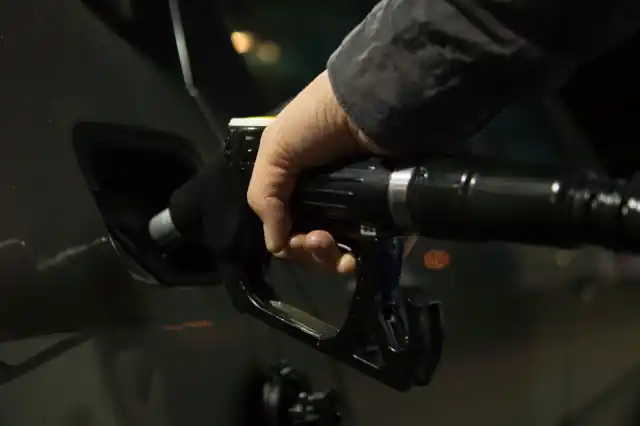
A new trend is transforming the fuel market across Bulgaria as full self-service gas stations continue to gain popularity.
Drivers can now fill up their tanks at numerous locations without the assistance of staff, thanks to modern terminals resembling ATMs that allow for payments in cash or by card.
This innovation promises notable savings, with motorists able to reduce costs by between 5 and 15 cents per liter when opting for self-service.
Dimitar Hadjidimitrov from the Association of Bulgarian Fuel Traders, Manufacturers, Importers, and Transporters believes the rise of self-service stations marks a shift in how the fuel industry operates.
“For many drivers, this option represents a practical and more affordable alternative to traditional stations,” Hadjidimitrov noted, adding that these stations are becoming particularly popular in cities like Sofia and Plovdiv, as well as in smaller towns and villages.
Self-service stations first appeared in Bulgaria in 2015, with one of the country’s earliest locations opening in Harmanli.
Now, major fuel chains such as “Petrol,” “Shell,” and “Eko” have begun embracing this trend, establishing self-service options in various regions.
In Sofia, areas such as “Druzhba” and “Mladost” have seen a notable increase in these stations, providing locals with easy and convenient access to refuelling.
For those unfamiliar with the process, using a self-service gas station is straightforward. Customers are greeted by a terminal where they can select their fuel type and specify the pump they want to use.
Those with loyalty cards can take advantage of discounts before choosing a payment method—whether cash or bank card. After entering the desired amount of fuel, the payment is processed, and the customer is free to retrieve the nozzle and begin refuelling.
Receipts and electronic invoices can be printed directly from the machine. This system mirrors the ease of self-checkouts at supermarkets, where individuals manage the entire transaction themselves.
Beyond the convenience, self-service gas stations bring significant advantages for gas station operators, reducing the need for extensive staffing and cutting operational costs.
According to the Oil and Gas Association, setting up a traditional small gas station requires an investment of 600,000 to 800,000 leva, including employee wages and other expenses.
By contrast, a self-service station can be established for as little as one-fifth of that amount. Another major draw is the financial sustainability of self-service stations.
Traditional stations need to sell approximately 2,000 litres of fuel per day to break even, while self-service stations can remain profitable with sales as low as 100 litres per day.
This operational model not only reduces costs but also addresses labour shortages and turnover in the sector, as there is no need for cashiers or loaders at these locations.
Self-service stations are also available around the clock, giving customers flexibility and convenience, while loyalty cardholders continue to enjoy discounts alongside the lower prices offered by the self-service system.
The spread of these 24/7 stations signals a growing preference among Bulgarians for this hassle-free and cost-effective approach to refuelling, especially as fuel prices fluctuate and consumers seek ways to save.
With the widespread adoption of self-service gas stations, Bulgaria’s fuel industry may be on the brink of a significant transformation, one that balances both consumer convenience and business efficiency.
As more locations embrace this model, drivers across the country will likely continue to see benefits in terms of both price and accessibility.
This article was created using automation technology and was thoroughly edited and fact-checked by one of our editorial staff members
